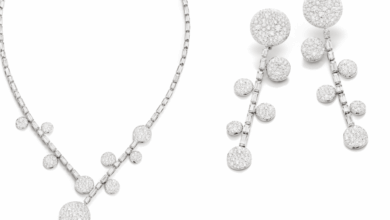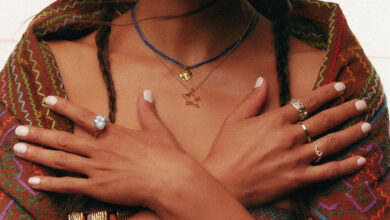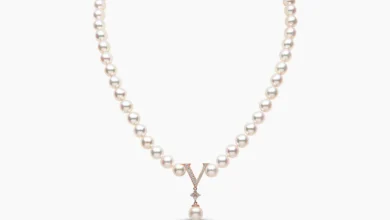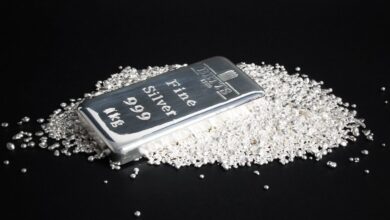Pocahontas descendant’s historic necklace to go under the hammer
Dorothy Neville-Rolfe was a direct British descendant of Pocahontas through the 1614 marriage of Pocohontas and the English tobacco planter John Rolfe (c.1585-1622)
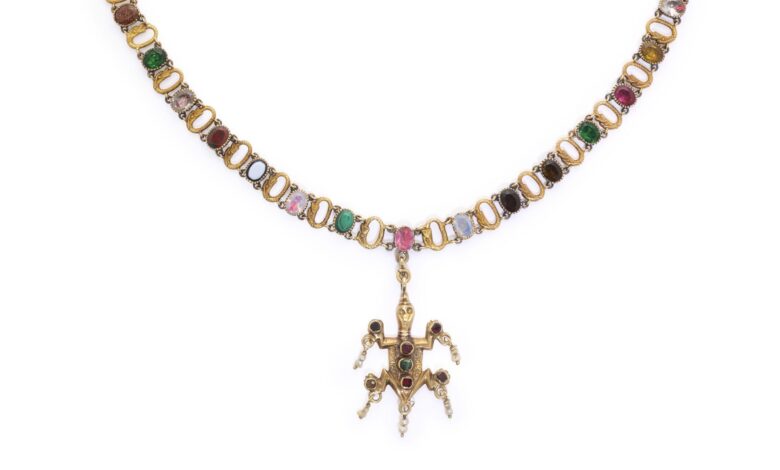
Register to get 1 free article
Reveal the article below by registering for our email newsletter.
Want unlimited access? View Plans
Already have an account? Sign in
A historic necklace with a direct link to real-life Native American figure, Pocahontas, who was also known as Rebecca Rolfe (1596-1617) is set to go under the hammer at Olympia Auctions in the UK.
The necklace belonged to Dorothy Neville-Rolfe (1904–1976), a direct descendant of Pocohontas, which means ‘playful one’ in the Powhatan language (spoken by the Powhatan people of what is now Virginia, USA).
Passed down through the family, the colourful necklace, set with oval hardstones of malachite, lapis lazuli and jasper, hints at the family ancestry, with its native American design, a zoomorphic (animal shaped) pendant of Olmec design and a serpent clasp
This name was given to her, due to her lively nature as a child. She was the daughter of Powhatan, the paramount chief of the Powhatan Confederacy, a powerful political and military alliance of Native American tribes in the Tidewater region of Virginia, USA.
Dorothy Neville-Rolfe was a direct British descendant of Pocahontas through the 1614 marriage of Pocohontas and the English tobacco planter John Rolfe (c.1585-1622).
He and Pocohontas met as Rolfe was a farmer, explorer and merchant who went to Virginia to cultivate tobacco crops.
He was hugely successful, developing a sweeter strain of tobacco from the Virginia region that he was able to export.
Pocohontas was captured by English colonists in the region in 1613, over a dispute with the Powhatan people and during her captivity, she converted to Christianity and was baptised Rebecca.
By 1614 she had married English tobacco planter Rolfe and a son, Thomas Rolfe followed in 1615.
The couple travelled to England in 1616, as guests of the Virginia Company to promote colonisation and investment in Virginia. Pocahontas was presented to English society as a symbol of the potential for peaceful relations and cultural assimilation between Native Americans and colonists.
As they were due to travel back to Virginia in 1617 Pocahontas died suddenly aged just 21 and was buried at St George’s Church, in Gravesend, Kent. The church was later rebuilt following a fire and a bronze statue of her by the American sculptor William Ordway Partridge (1861-1930) remains there to this day.
Justin Roberts, Olympia Auctions specialist, said: “This is a striking and unusual necklace in its own right. However, its fascinating lineage, linking it to one of the most compelling figures of early America and Britain’s shared past, only adds to its appeal and interest.”


